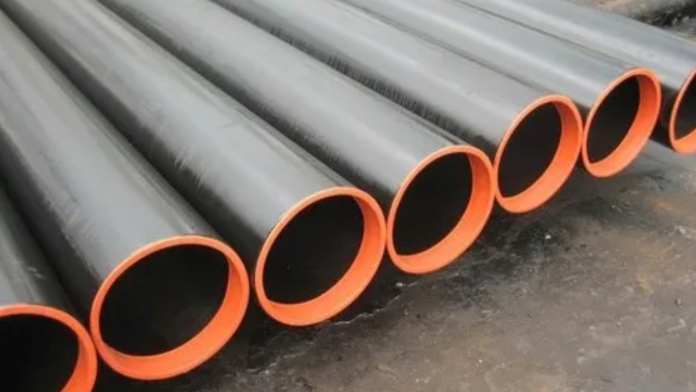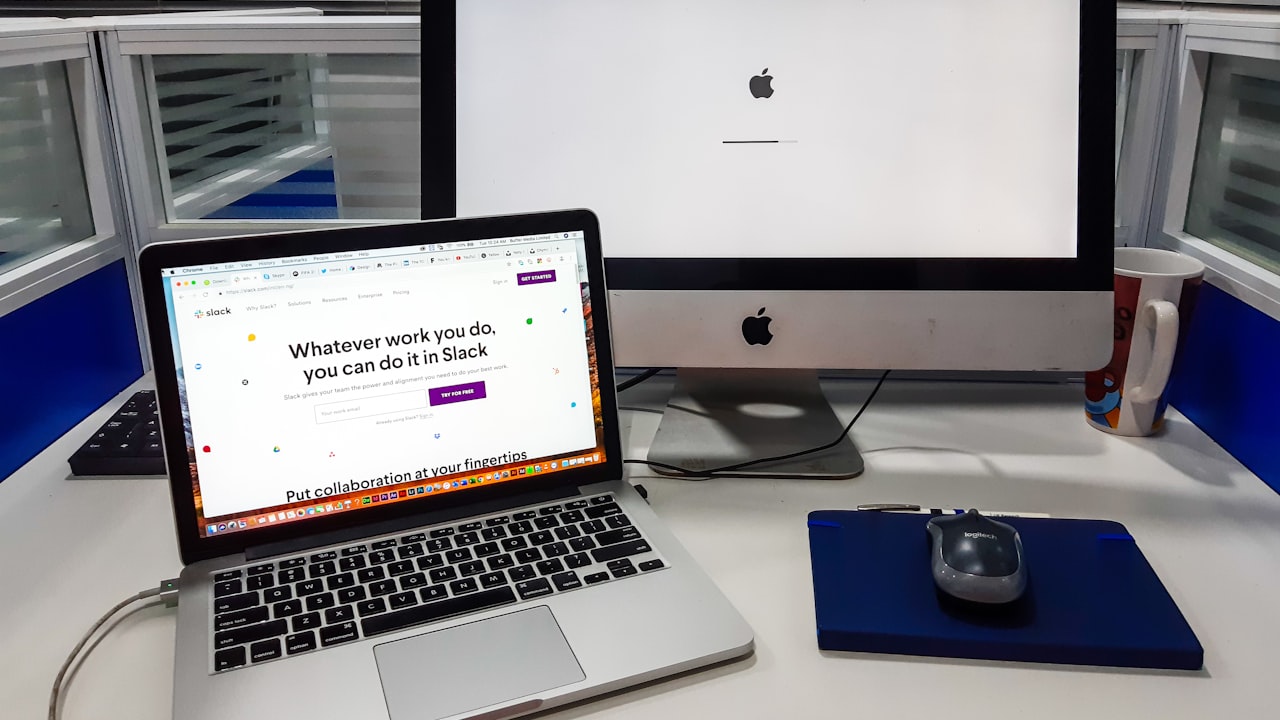PSL2 requirements are extremely important in pipeline infrastructure, especially when considering environmental sustainability. Pipeline Specification Level 2 (PSL2) is a set of strict criteria established by the American Petroleum Institute (API) to assure the integrity and performance of steel pipes in harsh operating conditions. The PSL2 requirements make substantial contributions to environmental sustainability efforts.
PSL2-compliant pipes help to reduce potential leaks and failures, thereby lowering the environmental impact of fluid and gas transmission. Furthermore, psl2 pipe specifications encourage the adoption of new technology and materials that improve pipeline system efficiency and safety, which aligns with a larger worldwide drive to build a more sustainable and environmentally friendly industrial landscape.
Why Is PSL2 Important For Sour Service Environments?
PSL2 is essential for sour service environments because of its strict criteria that handle the issues of hydrogen sulfide exposure. These requirements protect pipe integrity under corrosive conditions, lowering the danger of sulfide stress cracking and corrosion. PSL2’s stringent standards improve safety and reliability, making it critical for applications where sour service conditions are common, such as oil and gas operations.
Enhancing Environmental Sustainability through PSL2 Pipe Specifications
The details are listed below:
Corrosion Resistance and Longevity
One of the key ways that PSL2 requirements contribute to environmental sustainability is by emphasizing corrosion resistance. PSL2-compliant pipes are designed to tolerate corrosive environments, notably those with high amounts of hydrogen sulfide (H2S). These pipes have a longer service life due to the use of corrosion-resistant alloys and stringent manufacturing methods, decreasing the need for replacements. This lifespan reduces the environmental impact of pipe production, transportation, and disposal.
Leak Prevention and Emission Reduction
PSL2 standards place a considerable emphasis on leak prevention, particularly in sour service situations where corrosive compounds pose a higher danger. PSL2’s comprehensive testing and quality control processes help discover and correct potential flaws in the pipe construction, lowering the likelihood of leaks. This not only improves operating safety but also avoids the discharge of dangerous compounds into the environment, helping to reduce greenhouse gas emissions and other pollutants.
Non-Destructive Testing (NDT) Techniques
PSL2 requirements require the use of advanced non-destructive testing procedures such as ultrasonic testing, magnetic particle inspection, and radiographic examination. These technologies allow for a full evaluation of the pipe’s integrity without causing harm. By detecting flaws or weaknesses early in the manufacturing process, PSL2 standards ensure that only high-quality pipes enter service. This proactive approach to quality management reduces the danger of failure.
Responsible Resource Management
PSL2 standards help to ensure environmental sustainability by encouraging ethical resource management. The severe material composition requirements ensure that only materials with the requisite strength, durability, and corrosion resistance are used. This not only improves pipe performance but also minimizes raw material requirements. Furthermore, focusing on efficient manufacturing processes under PSL2 standards promotes resource conservation and reduces waste generation, which aligns with sustainability values.
Offshore Applications and Ecosystem Protection
PSL2-compliant pipes are commonly used in offshore applications, where the environmental conditions are very harsh. The longevity and corrosion resistance of these pipes are critical in protecting maritime environments from potential oil and gas leaks. PSL2 requirements improve offshore environmental health by preventing occurrences that could harm aquatic life and disrupt ecosystems.
Regulatory Compliance and Environmental Stewardship
Adherence to PSL2 requirements assures regulatory compliance, as these standards are frequently included in industry rules and guidelines. Companies that comply with these tough regulations demonstrate their dedication to environmental care. This not only contributes to a positive public picture but also develops a responsible culture within the sector, driving ongoing progress in environmental performance.
Reduction of Environmental Liabilities
PSL2 regulations play an important role in reducing environmental risks related to oil and gas production. By minimizing leaks, corrosion-related failures, and other accidents that could cause environmental damage, these specifications help to reduce cleanup costs, legal obligations, and potential long-term environmental consequences. This proactive risk management method adheres to the ideals of sustainable and responsible resource development.
Remarks
The API’s PSL2 pipe requirements serve as a cornerstone for improving environmental sustainability in the oil and gas industry. PSL2 standards help to minimize the environmental impact of energy exploration and production. As the industry evolves, adhering to PSL2 criteria will continue to play an important role in promoting environmentally responsible practices and safeguarding the global energy sector’s future sustainability.
















